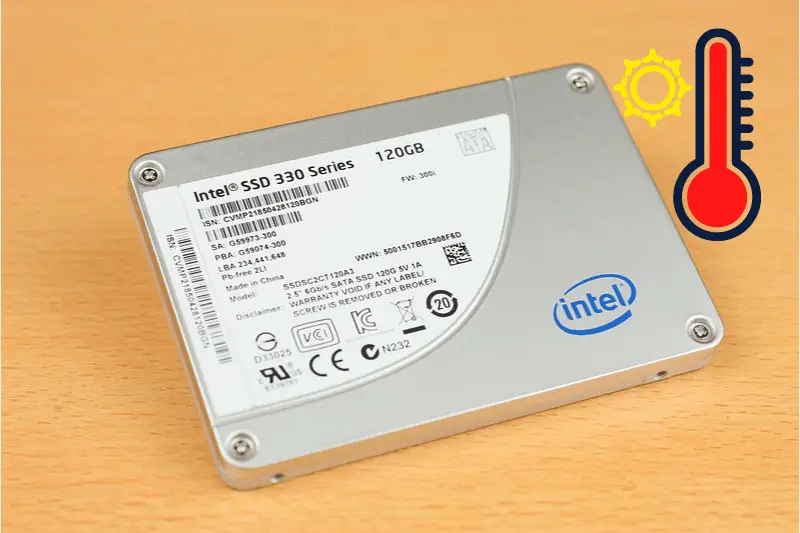3D printing is a groundbreaking technology that has revolutionized how objects are manufactured.
It offers unparalleled flexibility in creating complex shapes with various materials.
However, a common question arises regarding the strength and durability of 3D-printed items: are they truly built to last?
Table of Contents
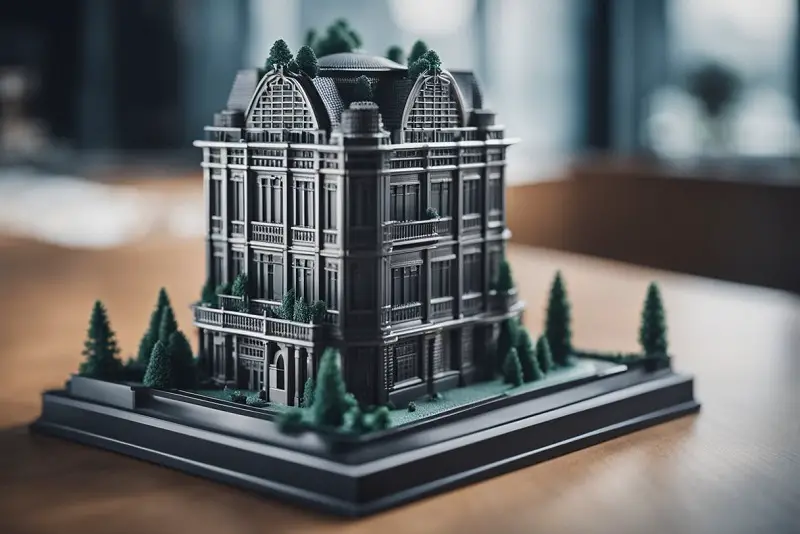
The answer largely depends on the material used and the specific printing settings employed during the creation process.
In some cases, 3D-printed parts can be as strong and durable as similar components made from traditional manufacturing methods.
On the other hand, specific materials and settings may result in weaker, more fragile objects.
As you delve further into this article, you will discover the factors contributing to the durability of 3D-printed parts, providing valuable insights on this fascinating technology.
Determining Factors of 3D Print Durability
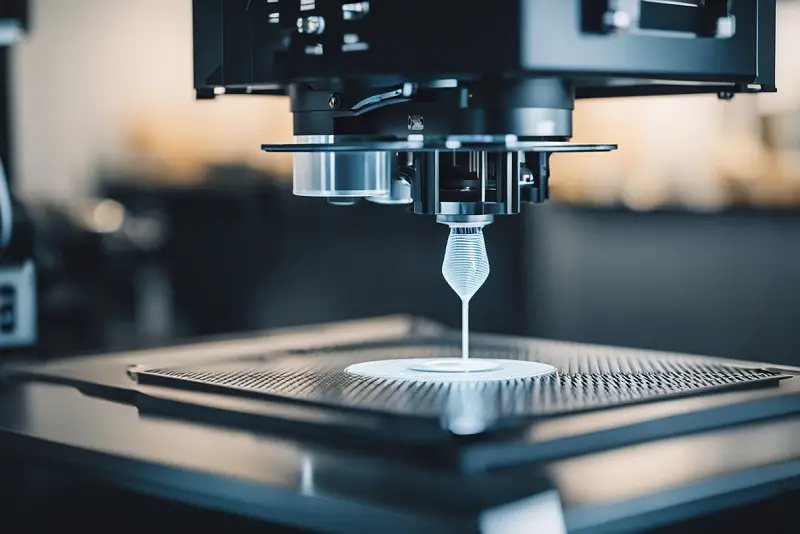
A few factors contribute to the durability of 3D-printed objects. One such factor is the temperature at which the material is printed.
Different materials require varying temperatures during printing, and choosing the correct setting is crucial for the finished product’s strength and stability.
Infill density also plays a role in determining the object’s durability.
Higher infill densities result in more substantial and more robust prints, while lower densities can lead to fragile or weak structures.
Therefore, selecting the most appropriate infill density for your project is essential for achieving the desired durability.
Wall thickness is another essential aspect to consider when aiming for durable 3D prints.
Thicker walls provide better strength and resistance to stress, while thinner walls can compromise the print’s integrity.
Similarly, the choice of infill patterns can influence the robustness of your 3D-printed object.
Some patterns, such as honeycombs or 3D hexagons, offer better stability and strength than other less rigid patterns.
While designing a 3D-printed object, it’s also important to consider how it will withstand bending and flexing forces.
Certain materials are more flexible than others, making them suitable choices when flexibility is required. However, this increased flexibility can sacrifice some strength and rigidity.
In short, factors such as temperature, infill density, wall thickness, infill patterns, and the material’s response to bending and flexing all play a role in determining the durability of 3D-printed objects.
Careful consideration and decisions regarding these factors can significantly enhance the strength and longevity of your 3D-printed creations.
Assessing the Durability of 3D Prints
When evaluating the durability of 3D-printed objects, it’s essential to consider several factors, such as materials, printing techniques, and part geometry.
The durability of 3D prints typically relates to their ability to withstand external factors like impact, weight, and environmental conditions.
Different 3D printing materials offer varying degrees of durability. For example, PLA is a common material but is more brittle than others, like ABS, PETG, or nylon.
The overall strength of a 3D print also depends on its tensile strength and resistance to impact. Some materials, like ABS, are known for their higher tensile strength and can withstand impacts better than PLA.
The structure and internal composition of a 3D print also play a crucial role in its durability. Weak or fragile prints are usually a result of low infill density, thin walls, or inadequate layer bonding.
Optimizing print settings such as increasing infill or wall thickness can significantly improve the strength and durability of 3D printed objects.
Several methods can be employed when it comes to testing the durability of 3D-printed objects.
Many professionals use industrial-grade machines that simulate real-life conditions like pressure, load, and temperature fluctuations. These tests can provide valuable insights into how 3D prints perform in their intended environment.
However, keep in mind that durability is not a one-size-fits-all concept. Different applications require different levels of durability, and a specific material or printing technique might be suitable for one application but not another.
Ultimately, assessing the durability of 3D prints involves examining various factors to determine the optimal combination of material, printing technique, and design for a given application.
What is the Most Durable 3D Printing Method?
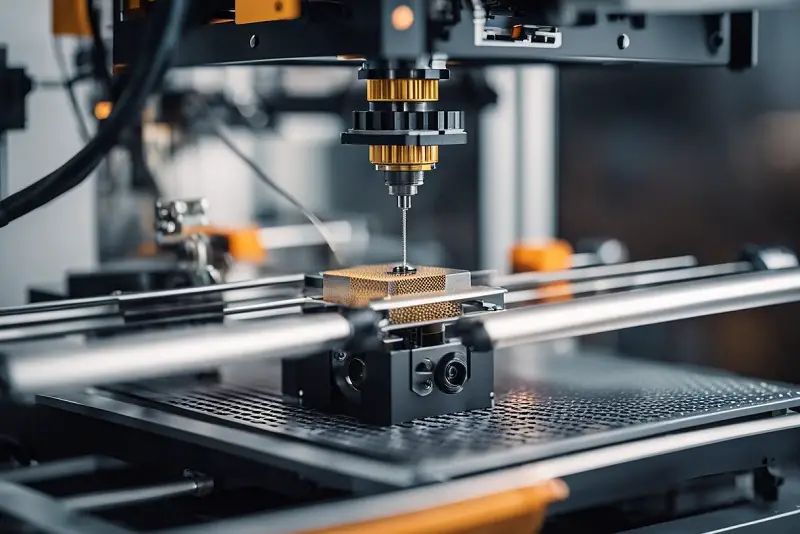
When considering durability in 3D printing, exploring various methods and materials is essential.
Some common 3D printing techniques include FDM, SLA, and SLS. Each technology has its unique advantages and limitations when it comes to producing strong and durable objects.
Fused Deposition Modeling (FDM) is one of the most widely known techniques. It involves layering heated plastic filaments to create the printed object.
While FDM is cost-effective and versatile, its resolution and accuracy are generally lower than other methods.
Nevertheless, selecting strong materials like ABS or nylon makes it possible to achieve durable and functional parts with FDM.
Stereolithography (SLA) is another 3D printing method that relies on photopolymer resin cured with UV light.
Objects produced using SLA tend to have a smooth surface finish and high detail. However, the finished parts can be more brittle than those printed with FDM, which might affect their durability.
It’s essential to choose suitable resin formulations designed for specific applications to improve strength.
Selective Laser Sintering (SLS) uses a laser to convert powdered material into a solid structure, generally nylon or metal.
This technology is known for producing both robust and intricate parts. As SLS parts are made from a solid material rather than layers of plastic, they generally have better durability and strength than FDM and SLA-printed objects.
Reinforced materials like carbon fiber or glass-filled nylon can further enhance the properties of SLS-printed items.
In conclusion, while each 3D printing technology can produce durable objects depending on the chosen material, SLS has an overall strength and durability advantage.
It’s always essential to carefully consider the specific requirements of a project and necessary material properties to determine the best 3D printing method for your needs.
Strongest 3D Printer Filament
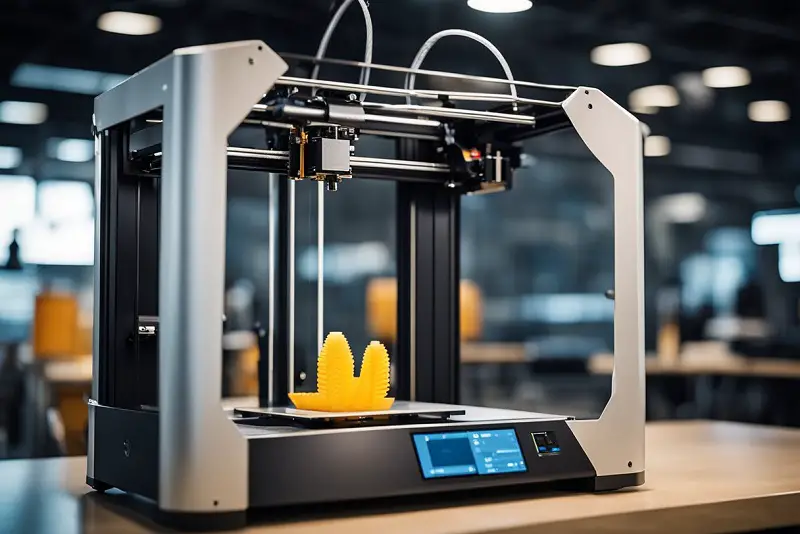
Polycarbonate (PC) filaments are known to be the strongest 3D printing materials available in the market.
They are commonly used to create bullet-proof glass, riot gear, phone and computer cases, scuba masks, and many other durable items.
The rigidity and durability of PC filaments make them an ideal choice for projects requiring high-strength materials.
Other strong filaments include Nylon, ABS, PEEK, and carbon fiber composites.
When considering strength, looking at the tensile strength of various filaments is helpful. Tensile strength measures the maximum stress or weight a material can sustain before breaking.
- ABS has a tensile strength of 32 MPa
- PLA has a tensile strength of 28 MPa
- Standard Resin has a tensile strength of 20 MPa
For projects requiring maximum strength, PEEK (polyether ether ketone) is a semi-crystalline thermoplastic known for its excellent mechanical and chemical resistance properties.
This highly resistant filament is considered the most robust FDM filament available.
Ultimately, the choice of filament for a 3D printing project will depend on the specific requirements of the design.
Strong filaments such as polycarbonate, nylon, ABS, PEEK, and carbon fiber composites offer a variety of strengths and properties suitable for creating durable, long-lasting 3D-printed objects.
How Strong is PLA 3D Printing
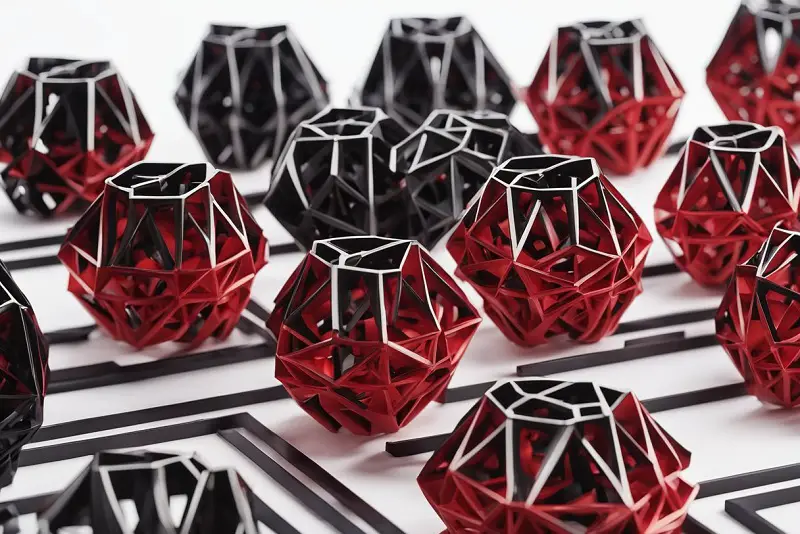
PLA, or polylactic acid, is the most widely used 3D printing filament due to its ease of use and eco-friendly nature. However, a key concern is its strength and durability in 3D-printed objects.
Strength and brittleness: PLA is considered to be relatively strong, but it has some limitations.
While it can withstand moderate pressure, its brittleness makes it prone to shattering, snapping, or breaking under strong impact or high pressure.
This limits its suitability for parts and objects requiring high levels of durability.
Influence of print settings: It is essential to understand that print settings, such as infill, material choice, wall thickness, and printing temperature, heavily influence the strength of 3D printed objects.
Properly dialed-in settings can result in more robust PLA prints, incrementing their durability and overall performance.
Biodegradable nature: PLA is a biodegradable bioplastic made from plant starch, which enhances its appeal from an environmental standpoint.
However, this attribute may also contribute to the perception of PLA as less durable than other filaments like ABS, PETG, or Nylon.
In summary, PLA 3D printing offers a balance of strength and ease of use, but it may not be ideal for parts requiring exceptional durability or impact resistance.
Users should consider alternative materials and optimized print settings when strength is a crucial factor.
How Strong is 3D Printed Metal
3D-printed metal parts are known for their strength and durability. The strength of these parts depends on the material used and the printing process.
For instance, the use of powdered metals can result in susceptibility to contamination by oxygen and nitrogen.
However, researchers at NASA found that increased nitrogen levels in nickel superalloys lead to increased grain sizes in additive manufacturing (AM) parts, thus improving strength.
In another study, mechanical testing revealed that 3D-printed steel with a martensite structure and strength-inducing nanoparticles matches the strength of conventionally produced steel.
This breakthrough is crucial for steel and can also be applied to other alloys that can be optimized for 3D printing.
The strength of 3D printed parts also varies with the selection of specific materials such as PLA, ABS, and PETG.
Post-processing techniques can significantly improve the durability of 3D printed parts, such as acetone vapor smoothing or chemical bonding agents that enhance layer adhesion.
Although some perceive 3D printed parts as inherently brittle, it’s important to note that brittleness is not a universal characteristic of all 3D printed materials.
In fact, 3D printing with pure steel or steel alloys produces vital functional mechanical parts ideal for industrial and mechanical applications.
How Strong is 3D Printed Carbon Fiber
3D-printed carbon fiber is a popular choice among manufacturers and hobbyists for creating strong and lightweight products.
It combines short carbon fibers with various filaments, most commonly with nylon or PLA. This combination results in a solid material, maintaining the strength of the carbon fibers while still being printable with desktop 3D printers.
Carbon fiber 3D printing has several advantages, including being very strong, having good dimensional stability (meaning it doesn’t shrink when cooled), and being lightweight.
It’s considered one of the most rigid materials available for 3D printing, providing increased strength to any mixed filament.
There are two primary ways to utilize carbon fiber in 3D printing, as explained by 3D Natives: carbon fiber reinforced filaments and continuous carbon fiber reinforcement.
Carbon fiber reinforced filaments provide more strength than unreinforced filaments, while continuous carbon fiber filaments offer even greater robustness due to their continuity.
As mentioned in Carbon Fiber Gear, continuous carbon fiber filaments are incredibly strong compared to chopped carbon fibers or other traditional 3D printing materials.
This superior strength makes it an ideal choice for applications requiring high strength and durability.
However, it’s crucial to note that while carbon fiber 3D-printed parts are strong, they’re still susceptible to certain types of damage.
For example, they can be brittle and prone to cracking under specific stress conditions, particularly when exposed to sudden impacts or point loads.
Additionally, choosing the correct printing settings, such as temperature, layer height, and nozzle size, is essential to achieving the best results in strength and durability.
How Long do 3D Prints Last?
The lifespan of 3D printed objects depends on several factors, including the material used and the environment they are exposed to.
Some materials, like PLA and ABS, are commonly used in 3D printing and have different properties that can affect their durability. For instance, PLA has a shorter lifespan compared to ABS.
Apart from the materials, environmental factors like exposure to sunlight, moisture, and temperature can also influence the longevity of 3D-printed objects.
Keeping them in optimal environments and away from direct sunlight or moisture can help extend their lifespan significantly.
Another factor to consider is the quality and layer height of the print. Higher quality materials and a finer layer height can increase the strength and durability of 3D-printed objects, thus prolonging their lifespan.
It is worth noting that the life expectancy for 3D-printed objects can be very different from one material type to another.
For example, 3D-printed houses, which use a different material, can last anywhere from 60 to 100 years, similar to conventional construction methods.
In conclusion, determining the durability of 3D printed objects is not straightforward, as it depends on various factors such as the materials used, the quality of the print, and the environment they are placed in.
However, taking necessary precautions and using high-quality materials can successfully increase the lifespan of 3D prints.
Is 3D Printing Durable: Top Takeaways
3D-printed objects can vary in durability depending on the material used. Some common materials, such as PLA, ABS, and PETG, result in parts with different levels of strength and durability.
PLA is often seen as the most accessible material, but it may not be the best choice for objects that must withstand high stress or temperatures.
ABS and PETG offer increased strength and durability, making them better choices for more demanding applications.
Several factors can affect the durability of 3D-printed parts. This includes the quality of the printer, the printing process, and the settings used during printing, such as layer thickness and infill density.
Generally, parts with thicker and higher infill are more durable than those with thin and low infill layers.
Some materials offer exceptional strength and durability for specific applications. For example, Formlabs developed a special Tough Resin for printing highly durable parts that can withstand extreme stress and strain.
More advanced 3D printers, such as those that use stereolithography, can produce parts with finer detail and increased durability compared to more traditional fused filament fabrication technology.



